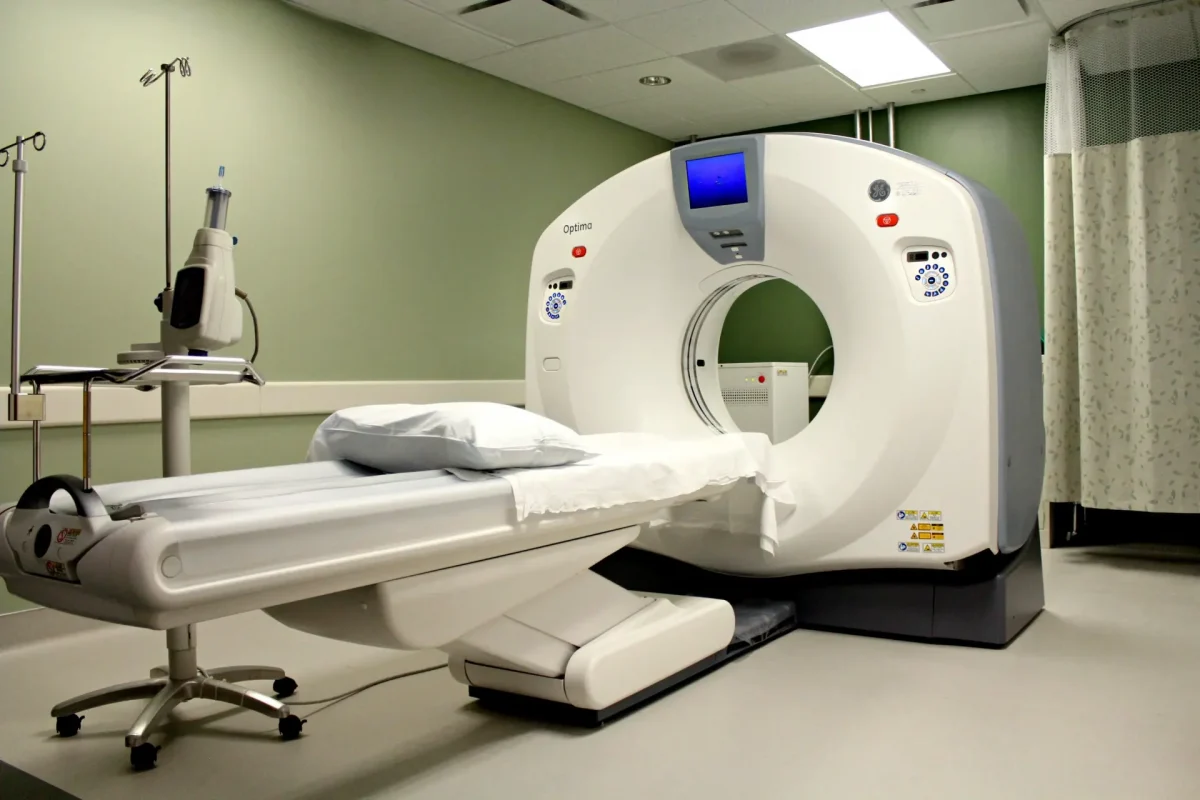Catching Warning Signs Early: How Diagnostic Tests Can Save Lives

In today’s fast-paced world, staying informed about your health is more important than ever. Let’s discuss how diagnostic tests through CT scans, X-rays, and EKGs can be life-saving tools in detecting early warning signs of serious conditions. With these technologies, understanding and preventing medical emergencies is possible.
Did you know your heart beats an average of 115,200 times a day? That adds up to over 42 million beats every year, showcasing the incredible workload your heart manages daily. This vital organ, a powerhouse of valves, ventricles, arteries, and veins, plays a critical role in circulating oxygen and nutrients while removing wastes from your body.
Given its importance, it’s no surprise that heart disease remains the leading cause of death in America, claiming a life every 33 seconds. The complexity of the heart means a lot can go wrong, yet many heart conditions don’t present symptoms until it’s potentially too late. This is where advanced diagnostic tools like CT scans, X-rays, and EKGs come into play, offering an opportunity to detect and treat conditions before they escalate into emergencies.
Heart Attack, Stroke, and Cardiac Arrest Warning Signs
Recognizing the warning signs of heart attack, stroke, and cardiac arrest can save lives. Symptoms like chest pain, shortness of breath, dizziness, and sudden numbness in the face or limbs signal the need for immediate medical attention. However, not all conditions manifest visible symptoms, making routine screenings and diagnostic tests important for early detection.
Diagnostic Tests Explained
Here are some methods our physicians use to evaluate your heart and get you the necessary treatment fast.
X-Ray – This imaging test provides pictures of the structures inside your body, including bones, lungs, and the heart. It’s a quick, painless procedure often used to check for lung and heart problems, including pneumonia or heart failure.
Electrocardiogram (EKG) – An EKG measures the electrical activity or signals of your heart. It’s essential for diagnosing arrhythmias, heart attacks, and other heart conditions. By placing electrodes on the skin, it captures data that can reveal irregularities in your heart’s rhythm and structure.
CT Scan – CT scans offer detailed cross-sectional X-ray images of the body, including the heart, lungs, and blood vessels. These scans can help identify issues like heart disease, pulmonary embolism, and other critical conditions. CT Angiography is a specialized CT scan that provides a detailed view of the heart arteries. It’s particularly beneficial for evaluating blockages or narrowing of these arteries, which are critical for diagnosing heart disease. Indications for a CT angiography include chest pain, shortness of breath, very high blood pressure, and abnormal stress test results. In some cases, it may also examine the aorta or pulmonary arteries to check for related issues.
At Physicians Premier, our state-of-the-art facilities operate round the clock, every day of the year, ensuring you receive prompt and efficient care whenever you need it. We take pride in our commitment to the communities we serve, offering a superior healthcare alternative with little to no wait time. Our advanced diagnostic capabilities, including CT scans, X-rays, and EKGs, allow us to diagnose and treat a wide range of conditions, from the most critical emergencies to minor ailments, for both adults and children.
Understanding the role of diagnostic tests like CT scans, X-rays, and EKGs in detecting early warning signs of heart and other conditions can make a significant difference in prevention and treatment. By staying informed and proactive about your health, you can help protect your well-being and that of your loved ones. Remember, at Physicians Premier, we’re here to support your health journey every step of the way, with expert care and cutting-edge technology at your service.
Sources:
“Heart Rhythm Disorder,” CardioQinetics, https://www.cardioqinetics.com/conditions/heart-rhythm-disorder
“Heart Attack, Stroke and Cardiac Arrest Symptoms,” American Heart Association, https://www.heart.org/en/about-us/heart-attack-and-stroke-symptoms
“Heart Disease Facts,” Centers for Disease Control and Prevention, https://www.cdc.gov/heartdisease/facts.htm
“X-Ray,” Cleveland Clinic, https://my.clevelandclinic.org/health/diagnostics/21818-x-ray
“Electrocardiogram (ECG or EKG),” Mayo Clinic, https://www.mayoclinic.org/tests-procedures/ekg/about/pac-20384983
“CT scan,” Mayo Clinic, https://www.mayoclinic.org/tests-procedures/ct-scan/about/pac-20393675


